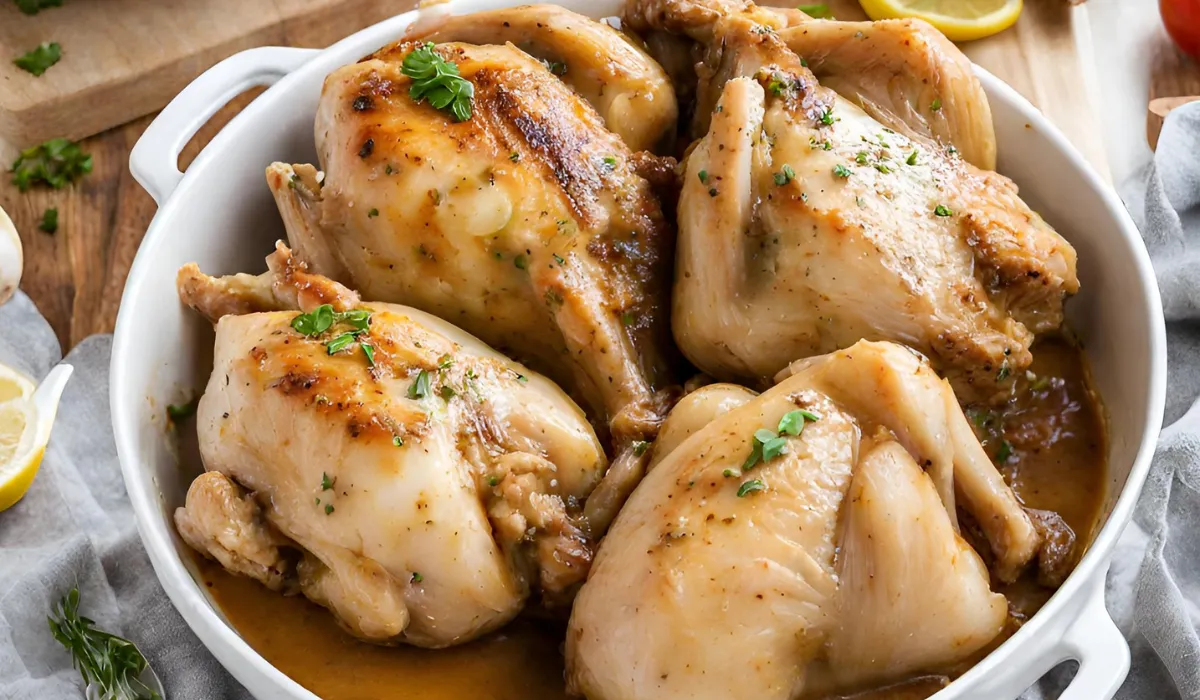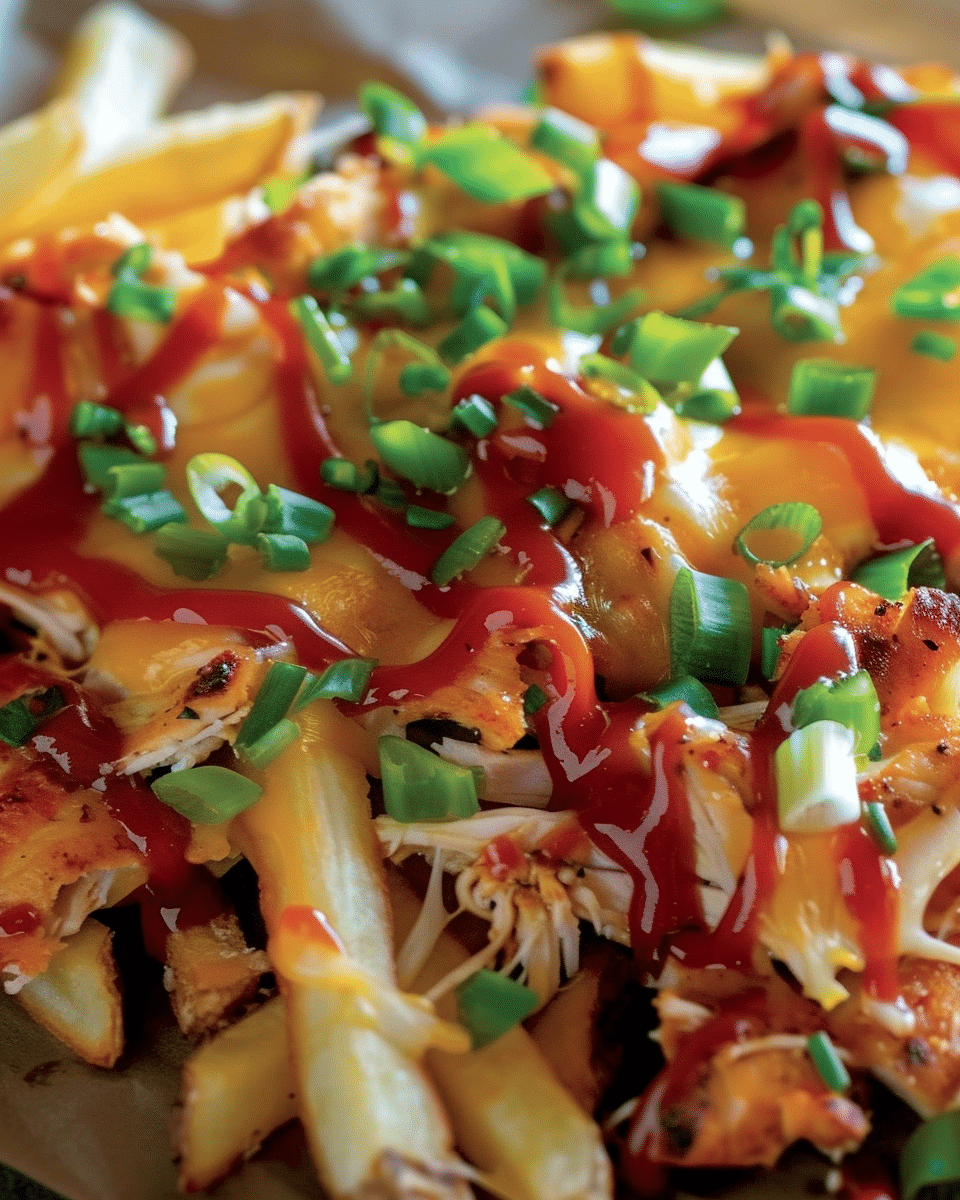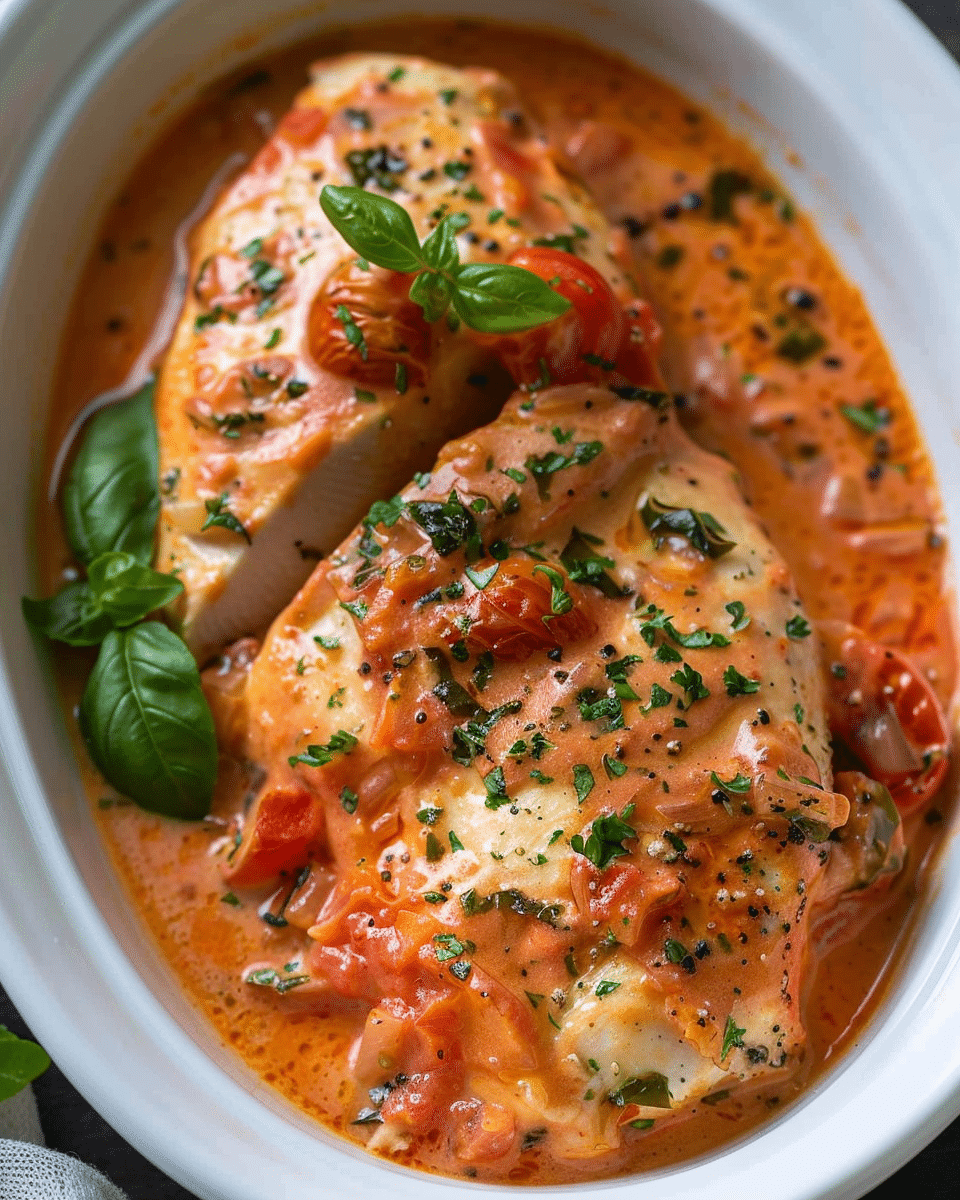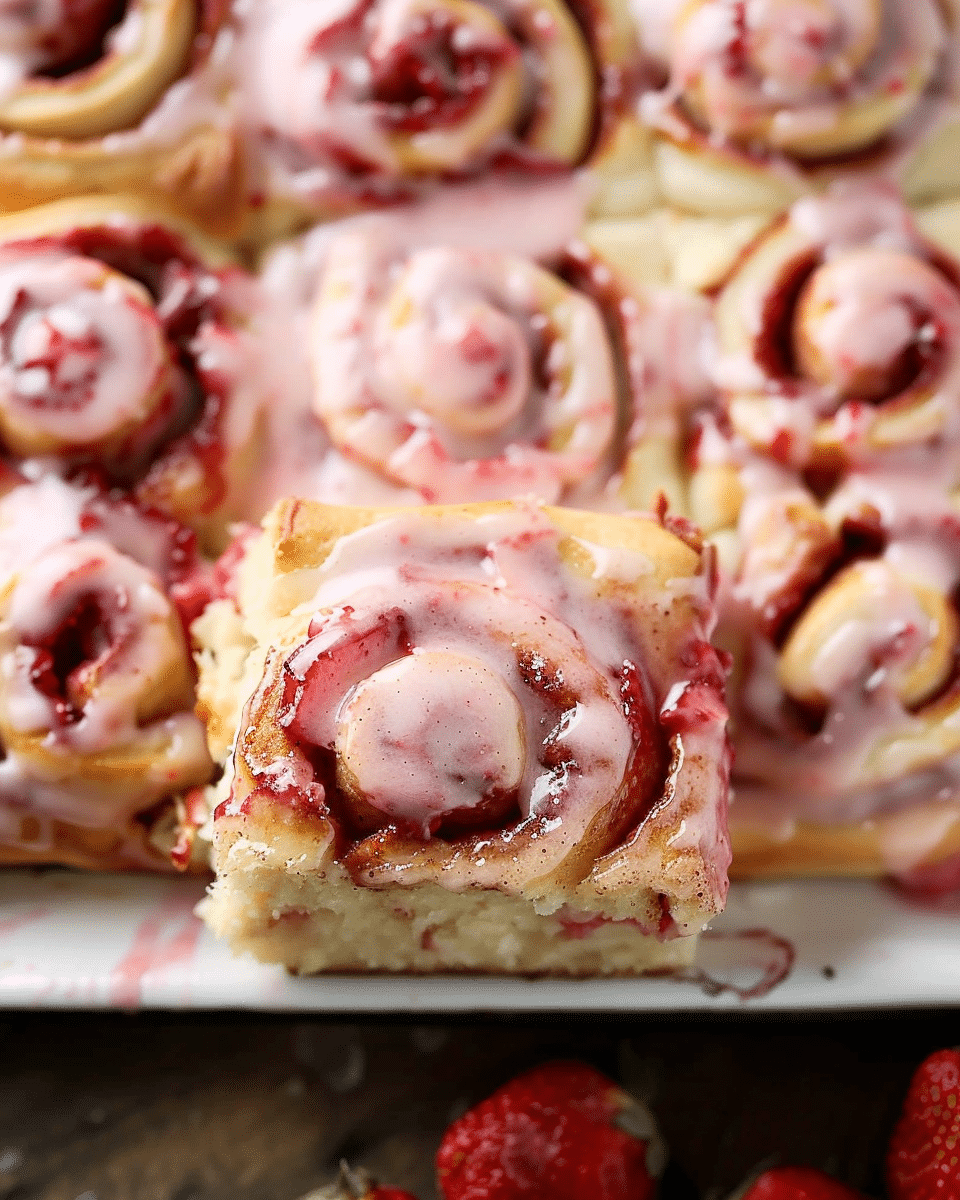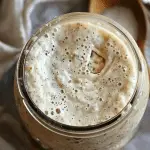The Instant Pot has revolutionized home cooking, promising quick, easy, and delicious meals. However, many users encounter a common issue: rubbery chicken. This article delves into the reasons behind this culinary conundrum and offers expert advice to ensure your poultry is perfectly tender every time.
The Culinary Science Behind Rubbery Chicken
Understanding why your Instant Pot chicken is rubbery requires a dive into the culinary science behind cooking meat. A variety of factors, including cooking temperature, time, the liquid used, and the chicken’s inherent qualities, influence the texture of pressure-cooked chicken.
The Role of Pressure Cooking
Firstly, let’s consider the role of pressure cooking. An Instant Pot uses steam pressure to cook food. This method increases the boiling point of water, cooking the food at a higher temperature than would be possible with conventional methods. While this can rapidly cook chicken, it also increases the risk of overcooking, which can cause the proteins in the chicken to contract too much, squeezing out moisture and resulting in a rubbery texture.
Transitioning from the science of pressure, it’s essential to understand how temperature and time play pivotal roles in the outcome of your poultry’s texture.
Temperature and Texture: Finding the Balance
Achieving the perfect balance between temperature and texture is a delicate dance. If the Instant Pot is set too high or the chicken cooks for too long, the heat can cause the proteins to seize up, making the meat tough and chewy. Conversely, not cooking the chicken long enough can result in undercooked, potentially unsafe poultry. It’s about finding that sweet spot where the chicken is cooked just enough to be safe and tender but not so much that it becomes rubbery.
Navigating through these temperature intricacies, we arrive at the importance of understanding meat fibers and how they retain moisture during cooking.
The Science of Meat Fibers and Moisture Retention
At the heart of the matter are the meat fibers and their moisture retention. Chicken muscle fibers, encased in collagen, turn into gelatin at high temperatures, enhancing the meat’s juiciness. But, cooking the chicken too fast at high temperatures causes the fibers to contract before the collagen can turn into gelatin, making the meat rubbery.
By integrating this scientific knowledge into your cooking practices, you can clarify the process of cooking chicken in your Instant Pot and ensure that your next poultry dish turns out succulently perfect.
Common Mistakes Leading to Rubbery Chicken
When it comes to cooking with an Instant Pot, achieving the perfect texture in chicken can sometimes be elusive. The line between undercooked and unpleasantly rubbery can be finer than many realize. Let’s explore some of the common pitfalls that can lead to less-than-ideal chicken dishes and how to sidestep them.
Overlooking the Natural Release Method
Interestingly, the journey to tender chicken doesn’t end when the cooking time does. The method of releasing pressure from your Instant Pot can significantly impact the texture of your chicken. Opting for a quick release of steam might be tempting, especially when you’re in a hurry, but this sudden change in pressure can startle the chicken into a rubbery state. Instead, the natural release method, which allows the pressure to decrease gradually, gives the chicken fibers time to relax and reabsorb some of the moisture lost during cooking, leading to a more succulent bite.
Incorrect Liquid Ratios
The Instant Pot, like any pressure cooker, relies on liquid to create the steam that cooks the food. However, the amount of liquid is a balancing act. Too little, and the pot won’t be able to build up the necessary pressure, potentially leaving you with tough, undercooked meat. On the other hand, too much liquid can lead to overcooking, especially as the chicken continues to cook in the residual steam after the pot is turned off. Finding the sweet spot for liquid can mean the difference between rubbery and tender.
Misjudging Cooking Times
Moreover, not all chicken is created equal. Different cuts have varying densities and thicknesses, which means they don’t all cook at the same rate. For instance, bone-in thighs have more connective tissue and fat and can withstand longer cooking times than leaner breasts. Using a one-size-fits-all approach to cooking times can easily result in overcooked, rubbery chicken. It’s essential to tailor your cooking time to the specific cut you’re using and to consider factors such as whether the chicken is fresh or frozen.
The Impact of Chicken Cut and Quality
Lastly, the starting point for any good meal is the quality of the ingredients. With chicken, this means selecting the right cut for the right dish and ensuring that the meat is of good quality. Lower quality chicken, which is often pumped with water and preservatives, can affect not only the flavor but also the texture, making it more prone to becoming rubbery under pressure. Additionally, the cut of the chicken should match the intended outcome; for example, chicken breasts are prone to drying out if not cooked correctly, while thighs are more forgiving due to their higher fat content.
By steering clear of these common mistakes and approaching your Instant Pot cooking with a bit of know-how, you’re well on your way to consistently tender, flavorful chicken. Remember, it’s the small details that can make a big difference in the kitchen.
Troubleshooting Your Technique
When it comes to cooking with an Instant Pot, achieving the perfect texture in chicken can sometimes be elusive. If you’ve been left with rubbery chicken, it’s time to troubleshoot your technique. By refining your approach and understanding the nuances of pressure cooking, you can transform your next poultry dish from rubbery to remarkable.
The Importance of Natural Pressure Release
Firstly, let’s address the natural pressure release (NPR). This method involves letting the pot return to normal pressure naturally, without flipping the quick-release valve. It’s a crucial step that’s often overlooked. The gradual release of pressure allows the chicken to continue cooking gently, preventing the muscle fibers from tightening up and becoming rubbery. Think of NPR as a resting phase, similar to letting a steak rest after it’s been removed from the grill; it’s essential for a juicy outcome.
Adjusting Liquid Levels for Optimal Results
Moreover, the amount of liquid in the pot can make or break your dish. Too little, and the pot won’t be able to build pressure properly, leading to undercooked, tough meat. Conversely, too much liquid can cause the chicken to boil rather than steam, which can also lead to a rubbery texture. It’s about finding that sweet spot where the chicken is cooked through yet retains its moisture. A good rule of thumb is to use just enough liquid to cover the bottom of the pot and come to pressure, typically around one cup.
Timing is Everything: Perfecting Cooking Duration
Furthermore, timing is critical. Each cut of chicken has its own ideal cooking time; breasts need less time than thighs, for instance. Undercooking can result in a chewy texture, while overcooking can cause dryness and toughness. Use a reliable recipe as a guide, and consider the size and thickness of the chicken pieces. Remember, it’s better to undercook slightly and allow the residual heat to finish the job during NPR than to overcook.
Choosing the Right Chicken: Fresh vs. Frozen
Lastly, the state of your chicken—fresh or frozen—can impact the cooking process. Frozen chicken will naturally take longer to cook and can result in uneven cooking if not adjusted for. If using frozen chicken, ensure it’s separated and not in a block, which can lead to the outside being overcooked by the time the inside is done. Adjusting your cooking time for frozen chicken is not just a suggestion; it’s a necessity for tender results.
By addressing these key areas, you can significantly improve the texture of your chicken and master the art of Instant Pot cooking. Remember, it’s all about the details, and even small adjustments can lead to big improvements.
Instant Pot Settings and Their Effects
Navigating the settings on your Instant Pot can feel like learning a new language, but each function and feature has a direct impact on the cooking process and, ultimately, the texture and taste of your chicken. Let’s break down the most critical settings and understand how they can lead to that dreaded rubbery chicken or, conversely, to a perfectly tender meal.
Understanding High vs. Low Pressure
The Instant Pot offers two primary pressure settings: high and low. High pressure is the default setting for most recipes, cooking food at a higher temperature and thus more quickly. It’s ideal for tougher cuts of meat that benefit from a faster cooking process to become tender. However, when it comes to chicken, especially lean cuts like breast meat, high pressure can sometimes lead to overcooking, resulting in a rubbery texture.
On the other hand, low pressure cooks food at a lower temperature, which can be more forgiving for delicate proteins like chicken. To prevent the meat from toughening, use the low-pressure setting on your cooker, but remember that it will need a longer cooking time to ensure the chicken is thoroughly cooked.
Transitioning to the nuances of the sauté function, we find another tool in our quest for the perfect chicken.
The Saute Function: Pre-cooking for Perfection
Before you even pressurize your Instant Pot, you might use the sauté function. This feature allows you to brown the chicken in the pot, which can add depth of flavor through the Maillard reaction — the process that gives browned food its distinctive taste. However, it’s crucial not to overdo it; too much browning can lead to a tough exterior that doesn’t soften during pressure cooking.
As we shift focus to the ‘Keep Warm’ feature, we encounter a setting that can be both a blessing and a curse for your chicken dishes.
The Keep Warm Feature: Friend or Foe?
After your Instant Pot has finished cooking, it will automatically switch to ‘Keep Warm’ mode. This can be incredibly convenient for keeping food hot until you’re ready to serve, but it can also continue to cook your chicken, potentially pushing it into the rubbery zone. It’s often best to remove the chicken from the pot as soon as it’s done to prevent this.
Finally, the decision between quick release and natural release can make or break the texture of your chicken.
Quick Release vs. Natural Release: A Critical Choice
The method you choose to release the pressure in your Instant Pot can significantly affect the outcome of your chicken. Quick release drops the pressure rapidly, which can cause the fibers in the meat to contract quickly and squeeze out moisture, leaving you with a less-than-ideal texture. On the other hand, natural release allows the pressure to drop slowly, giving the chicken time to relax and reabsorb some of the juices, resulting in a more tender dish.
Understanding and mastering these settings can transform your Instant Pot chicken from rubbery to remarkable. With a bit of practice and patience, you’ll be able to tweak and tailor these functions to suit any chicken recipe, ensuring a delicious outcome every time.
Enhancing Flavor Without Sacrificing Texture
Achieving a harmonious balance of flavor and texture in Instant Pot chicken is akin to conducting a symphony; every element must come together perfectly. Here’s how to enhance the taste of your chicken dishes without compromising their succulent texture.
The Art of Seasoning Under Pressure
Seasoning is more than just the salt and pepper shaker; it’s the foundation of flavor. When cooking in an Instant Pot, the flavors are intensified due to the sealed environment, which means seasoning must be approached with a strategic mindset. It’s crucial to season your chicken before it goes into the pot to ensure that the flavors penetrate the meat. However, be mindful of the amount—over-seasoning can be as detrimental as under-seasoning, especially with salt, which can draw out moisture and lead to a rubbery texture.
Incorporating Marinades and Brines
Marinades and brines are not just flavor enhancers; they’re also your secret weapon for tender chicken. A good marinade, with the right balance of acid, oil, and herbs, can tenderize the chicken and infuse it with robust flavors. Similarly, brining—soaking the chicken in a saltwater solution—can help to keep it moist and tender. When used correctly, these techniques can ensure that your chicken remains juicy and flavorful, even under high pressure.
The Role of Aromatics in Pressure Cooking
Aromatics such as onions, garlic, and herbs are the unsung heroes of flavor. These ingredients release their essences under the heat and pressure of the Instant Pot, creating a base layer of taste that can elevate your chicken from good to great. Adding these at the beginning of the cooking process allows their flavors to meld with the chicken, ensuring a depth of flavor without affecting the meat’s texture.
To Brown or Not to Brown: Searing Before Pressure Cooking
Searing chicken before pressure cooking is a debated topic, but it’s a step that can add a dimension of flavor. The Maillard reaction, which occurs when you sear meat, develops a rich and complex flavor profile that cannot be achieved through pressure cooking alone. However, it’s important to sear quickly and at a high temperature to avoid cooking the chicken through and potentially making it tough. A quick sear can create a flavor-packed crust without sacrificing the tenderness that the Instant Pot is known for.
Related:
Advanced Tips and Tricks
Mastering the Instant Pot for cooking chicken that’s succulent rather than rubbery involves more than just following a recipe. It requires a deeper understanding of the cooking process and the willingness to employ some advanced techniques. Here are some sophisticated strategies to elevate your Instant Pot chicken dishes.
The Trivet Technique: Elevating Your Chicken
Using the trivet that comes with your Instant Pot is a game-changer. It elevates the chicken above the liquid, allowing heat to circulate more evenly around the meat. This prevents the bottom from becoming too soggy or overcooked. It’s particularly useful for cooking whole chickens or large pieces where you want a more roasted texture.
Layering Ingredients for Even Cooking
Layering ingredients strategically can also impact the final outcome. Start with firmer vegetables or potatoes at the bottom, which can withstand more heat, and place your chicken on top. This not only prevents overcooking but also allows the chicken to be infused with the flavors from the ingredients below.
The Foil Hack: Preventing Overcooking
Wrapping chicken in foil before placing it in the Instant Pot can prevent overcooking and lock in moisture. This is especially useful for delicate cuts like chicken breasts. The foil acts as a barrier, protecting the meat from intense direct heat and helping to distribute the temperature more evenly.
Pressure Cooking with Broth vs. Water
Choosing the right cooking liquid can significantly enhance the flavor of your chicken. While water is the most common liquid used, cooking with broth can add a depth of flavor and additional nutrients. For an even richer taste, try using homemade stock as your cooking liquid.
By implementing these advanced tips and tricks, you can take your Instant Pot chicken from good to great. It’s all about experimenting with different techniques and finding what works best for you and your palate.
Why is my Instant Pot Chicken Rubbery?
When you’re looking forward to a meal of tender, flavorful chicken, encountering a rubbery texture can be quite disappointing. If you’re asking yourself, “Why is my Instant Pot chicken rubbery?” you’re not alone. This is a common issue, but fortunately, it’s one that can often be resolved with a few adjustments to your cooking method.
Analyzing the Causes and Solutions
The key factors that contribute to rubbery chicken in an Instant Pot include the cooking time, pressure level, and the natural release process. Let’s delve into each of these elements to understand how they affect the texture of your chicken and how you can tweak your approach for better results.
Cooking Time and Pressure Settings
One of the primary reasons for rubbery chicken is overcooking. Chicken breasts, in particular, are lean and can become tough if cooked for too long. The Instant Pot’s high-pressure environment accelerates the cooking process, and if you’re not careful, it can accelerate the overcooking process as well. To prevent this, it’s crucial to adhere to recommended cooking times for the specific cut of chicken you’re using and to adjust the pressure setting accordingly. For instance, chicken breasts may fare better on a low-pressure setting, while tougher cuts like thighs can withstand high pressure.
The Importance of Natural Pressure Release
Another critical factor is the method used to release the pressure. A quick release can cause a rapid change in temperature and pressure, which can shock the chicken’s muscle fibers, causing them to seize up and become rubbery. Allowing the Instant Pot to release pressure naturally, or at least for a few minutes before finishing with a quick release, can help the chicken fibers relax and reabsorb some of their juices, leading to a more tender result.
The Role of Liquid in Cooking
The amount and type of liquid you use can also play a role in the texture of your chicken. Not enough liquid, and the pot won’t be able to build up the necessary pressure, while too much liquid can dilute flavors and affect the cooking process. It’s essential to use the right amount of liquid to create enough steam without submerging your chicken, which can lead to it stewing rather than steaming.
Adjustments for Altitude
Altitude can affect cooking times and pressure levels in an Instant Pot. If you live at a high altitude, you may need to adjust your cooking times to account for the changes in atmospheric pressure, which can affect how quickly the chicken cooks and how tender it is.
Quality and Preparation of Chicken
Finally, the quality and preparation of the chicken itself can contribute to a rubbery texture. If frozen chicken isn’t fully thawed, it may cook unevenly and become rubbery. Moreover, the chicken’s quality matters; lower-quality chicken, often injected with water or brine, can cook differently under pressure.
By understanding these factors and making the necessary adjustments, you can ensure that your Instant Pot chicken is tender and delicious, leaving the rubbery textures behind. Remember, it’s all about finding the right balance of time, temperature, and technique.
Maintenance and Care for Your Instant Pot
Proper maintenance and care of your Instant Pot are essential for both the longevity of the appliance and the quality of the food it produces. Regular upkeep ensures that your Instant Pot continues to function efficiently, providing the optimal cooking environment for dishes like tender, flavorful chicken. Here’s how to keep your Instant Pot in top condition.
Regular Check-ups for Consistent Performance
Just like any frequently used kitchen appliance, your Instant Pot needs regular check-ups. This doesn’t mean you need to take it apart after every use, but you should be vigilant about certain components. After each use, once the pot has cooled down, check the sealing ring, the lid, and the inner pot for any food particles or residues that could interfere with the pressure seal or the flavor of your dishes.
The Seal and Valve: Ensuring Proper Function
The sealing ring and the steam release valve are critical for the pressure-building process. Inspect the sealing ring for any cracks, warping, or odors that could indicate it’s time for a replacement. It’s recommended to have a few spare sealing rings on hand, as they do wear out over time. The steam release valve should move freely and not be obstructed by food debris. A clogged valve can prevent the pot from reaching the correct pressure, affecting cooking times and food texture.
Cleaning Tips: Keeping Your Instant Pot in Top Shape
Cleaning your Instant Pot is straightforward but vital. The inner pot and the sealing ring are dishwasher safe, making them easy to clean. Wipe down the lid and the outer pot with a damp cloth, making sure to clean the pot’s rim and the area where the lid locks onto the base to remove any trapped food. If the steam release valve or the float valve is dirty, remove and clean them with warm, soapy water as per the manufacturer’s instructions.
Dealing with Stubborn Odors
Sometimes, strong flavors can linger in the sealing ring. To combat this, soak the ring in vinegar or lemon juice, or place it on the top rack of the dishwasher for a thorough clean. Some users prefer to have separate sealing rings for savory and sweet dishes to prevent flavor transfer.
Storing Your Instant Pot Correctly
When not in use, store your Instant Pot in a dry place away from direct sunlight. It’s best to place the lid upside down on top of the pot to prevent any odors from forming. If you use your Instant Pot infrequently, consider a cover to protect it from dust.
By following these maintenance and care tips, you can ensure that your Instant Pot remains a reliable tool in your culinary arsenal, ready to produce perfectly cooked meals every time. Regular care not only extends the life of your Instant Pot but also ensures that it remains a hygienic and efficient appliance that continues to produce delicious, well-cooked food.
FAQs
How do you fix rubbery chicken?
Once chicken is cooked, fixing its rubbery texture challenges you because the meat’s proteins have contracted and squeezed out moisture. However, there are a few methods you can try to salvage the meal:
- Shred It: Use two forks to shred the chicken and then simmer it in a sauce or broth for a few minutes. The liquid can help to moisten the meat and make it more palatable.
- Slice or Cube It: Cutting the chicken into small, thin slices or cubes can help to break up the rubbery texture. You can then toss these pieces into a salad, soup, or pasta dish, where they can absorb other flavors and moisture.
- Make a Filling: Shredded rubbery chicken can be used as a filling for tacos, enchiladas, or pot pies, where it’s mixed with other moist ingredients and can be cooked further in a sauce.
For future prevention, ensure you’re using the correct cooking times for the type of chicken you’re preparing, and allow for a natural pressure release when cooking in an Instant Pot to avoid sudden temperature changes that can toughen the meat.
Why does my chicken have a weird rubbery texture?
Chicken can develop a weird rubbery texture for several reasons, most commonly due to overcooking. Overcooking chicken causes the meat fibers to contract and expel moisture, resulting in tough and rubbery meat. The high-pressure environment of an Instant Pot often intensifies this effect by speeding up the cooking process. The chicken’s quality, its defrosting state before cooking, and the cooking method chosen are also contributing factors.
Does quick release make meat tough?
Yes, using the quick release function on your Instant Pot can make meat tough. When you quick release the pressure, the steam escapes rapidly, causing a sudden drop in temperature and pressure that can shock the meat’s fibers, making them contract quickly and become tough or rubbery. Experts generally recommend using a natural release for meats like chicken to gradually decrease temperature and pressure, which lets the meat fibers relax and reabsorb juices, yielding a tenderer texture.
Does chicken get more tender the longer you cook it?
This depends on the cooking method and the cut of the chicken. For slow, low-temperature cooking methods like braising or slow cooking, chicken can become more tender over a long cook time as the connective tissues break down. However, when cooking chicken in an Instant Pot or using other high-temperature methods, there is a fine line between tender and overcooked. Chicken breast, being lean, tends to become tough and rubbery if overcooked, even in a moist environment like a pressure cooker. Darker meats with more connective tissue, like thighs, can withstand longer cooking times and become more tender up to a point before they too start to become tough. You must adhere to the recommended cooking times and employ a meat thermometer to guarantee the chicken is cooked to perfection.
Conclusion
In the journey to perfecting chicken in the Instant Pot, we’ve explored a variety of factors that contribute to achieving that ideal tender and juicy texture, steering clear of the dreaded rubbery outcome. From understanding the science behind pressure cooking to implementing advanced tips and tricks, we’ve covered the full spectrum of techniques to enhance your Instant Pot experience.
Embracing the Instant Pot for cooking chicken requires a blend of science, art, and a bit of intuition. It’s about respecting the process—acknowledging the importance of natural pressure release, adjusting liquid levels, timing the cook precisely, and choosing the right chicken, whether fresh or frozen. Moreover, the advanced strategies like using a trivet, layering ingredients, employing the foil hack, and choosing flavorful liquids, elevate the cooking experience, ensuring that each meal is not just a dish but a delight.
Keep in mind that patience and practice are the stepping stones to achieving perfection. Each Instant Pot is unique, and so is every cut of chicken. What works for one may need tweaking for another. It’s this personal touch, the little adjustments, and the willingness to experiment that transform good cooking into great meals.
So, whether you’re a seasoned Instant Pot enthusiast or a curious newcomer, take these insights and tips as your culinary compass. They will guide you to consistently create chicken dishes that are not just meals but experiences—tender, flavorful, and satisfying down to the last bite.
In conclusion, let the rubbery chicken be a thing of the past. With your Instant Pot, a dash of knowledge, and a sprinkle of creativity, every poultry dish you craft can be an opportunity to impress, indulge, and enjoy.


